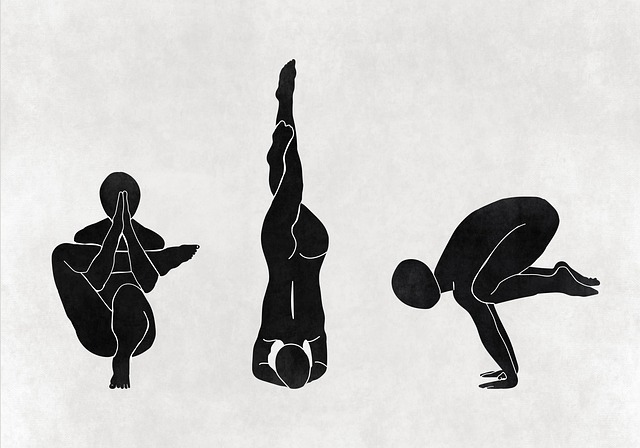To identify red flags in chiropractic treatment, verify chiropractor credentials through professional associations and regulatory bodies. Check for proper licensing, verified training records, and consistent patient testimonials. Avoid practitioners making exaggerated claims or avoiding scrutiny. Question unsubstantiated promises and seek second opinions to ensure safe, effective care.
In the quest for quality healthcare, verifying a chiropractor’s credentials is paramount. Unverified or questionable qualifications can lead to unsafe chiropractic treatment, posing risks to patients. This article illuminates red flags to watch out for in educational backgrounds and emphasizes the critical step of license verification. By understanding potential dangers associated with unproven credentials, individuals seeking chiropractic care can make informed decisions, ensuring their safety and peace of mind.
- Recognizing Red Flags in Education
- Verifying Licenses: A Vital Step
- Patient Safety: Protecting from Harm
Recognizing Red Flags in Education

When it comes to chiropractic treatment, recognizing red flags in education and qualifications is paramount for patients’ safety. Unverified or questionable credentials can be hidden under seemingly legitimate fronts. Red flag indicators include lack of proper certification from recognized chiropractic colleges, inability to provide detailed records of training and ongoing professional development, and discrepancies between the chiropractor’s claims and actual educational background.
Patients should also watch out for exaggerated or unproven treatment promises, such as “curing all back pain” or “reversing all injuries.” Scrutinize testimonials and reviews critically, looking for consistent patterns of success rather than isolated, sensational stories. A thorough understanding of the provider’s qualifications and honest communication about limitations and expectations are key to ensuring a safe and effective chiropractic experience. Remember, genuine professionals welcome transparency and rigorous scrutiny, especially when it comes to healthcare.
Verifying Licenses: A Vital Step

When it comes to healthcare, especially alternative practices like chiropractic care, verifying licenses is a crucial step in ensuring patient safety and quality of treatment. It’s easy for individuals claiming expertise in these fields to operate without proper credentials, which can be a significant red flag. This is particularly concerning with chiropractic treatments, as incorrect adjustments or misdiagnosis could lead to further injuries.
Professional associations and regulatory bodies often maintain databases of licensed practitioners. It’s important for patients to check these sources to confirm their chiropractor’s qualifications. Look out for inconsistencies, such as licenses issued by unrecognized bodies, which may be a sign of questionable practices. Remember, a qualified chiropractor should stay up-to-date with continuing education and undergo regular renewals, so any lapses in licensing could raise concerns about their level of expertise and commitment to ethical practice.
Patient Safety: Protecting from Harm

Patient safety is paramount, especially when it comes to healthcare practices like chiropractic treatment. Unverified or questionable credentials can be red flags that put patients at risk. Before undergoing any chiropractic care, individuals must verify the practitioner’s qualifications and experience through reputable sources. Many countries have regulatory bodies that maintain databases of licensed healthcare professionals, making it easy for patients to check if a chiropractor is board-certified and up to date with their continuing education.
Red flags in chiropractic treatment include lack of proper licensing, unsubstantiated claims of specialized training or certifications, and inconsistent or incomplete records. Such issues can lead to improper diagnoses, unsafe treatments, and potential harm to the patient. Therefore, patients should be vigilant, questioning practitioners about their credentials and seeking second opinions if necessary to ensure they receive safe and effective care.
When seeking chiropractic care, it’s crucial to be vigilant and recognize potential red flags in a practitioner’s credentials. Verifying licenses is a vital step to ensure patient safety and protect against questionable chiropractic treatment. By being aware of these indicators, individuals can make informed decisions, fostering a relationship based on trust and legitimate healthcare practices.














